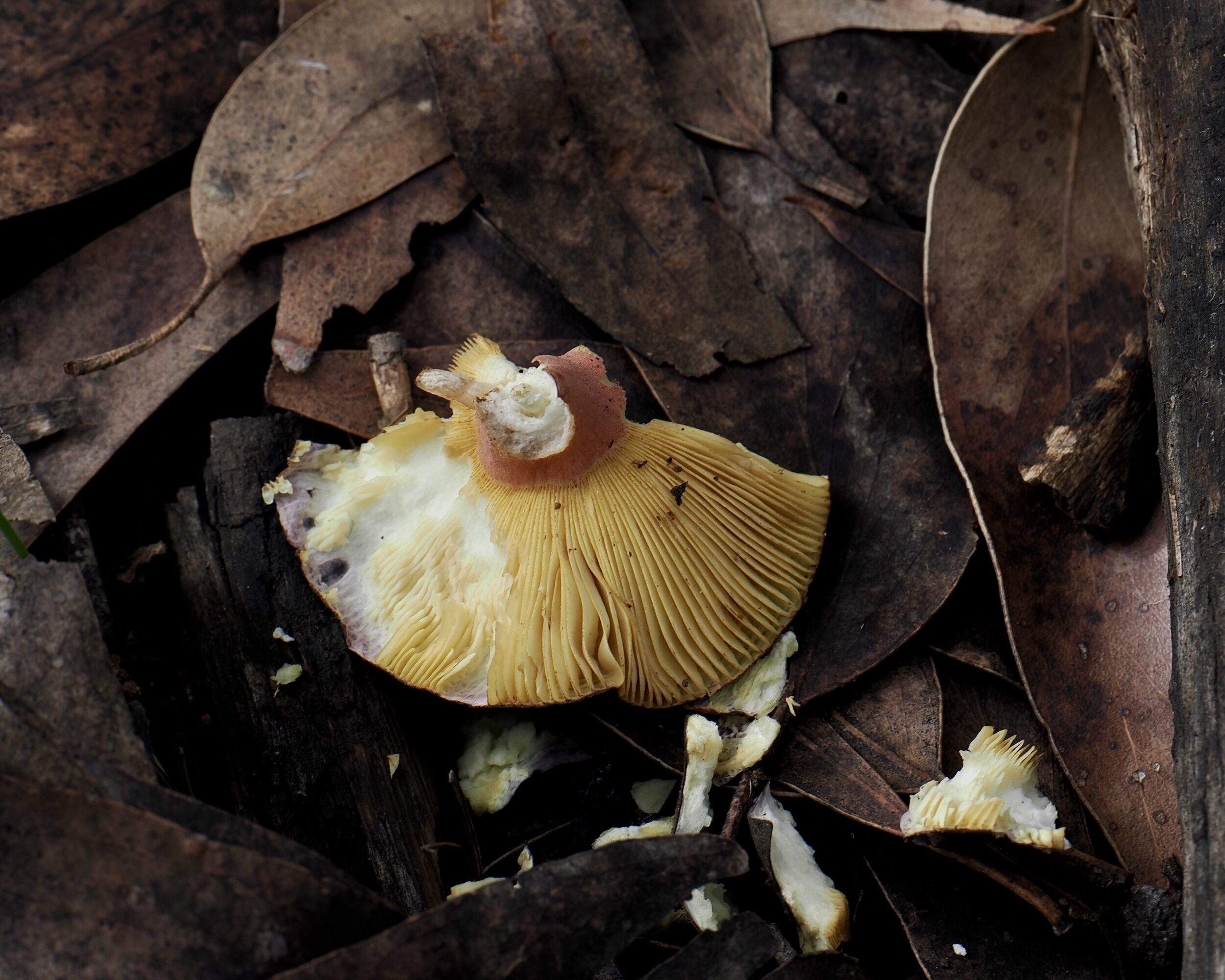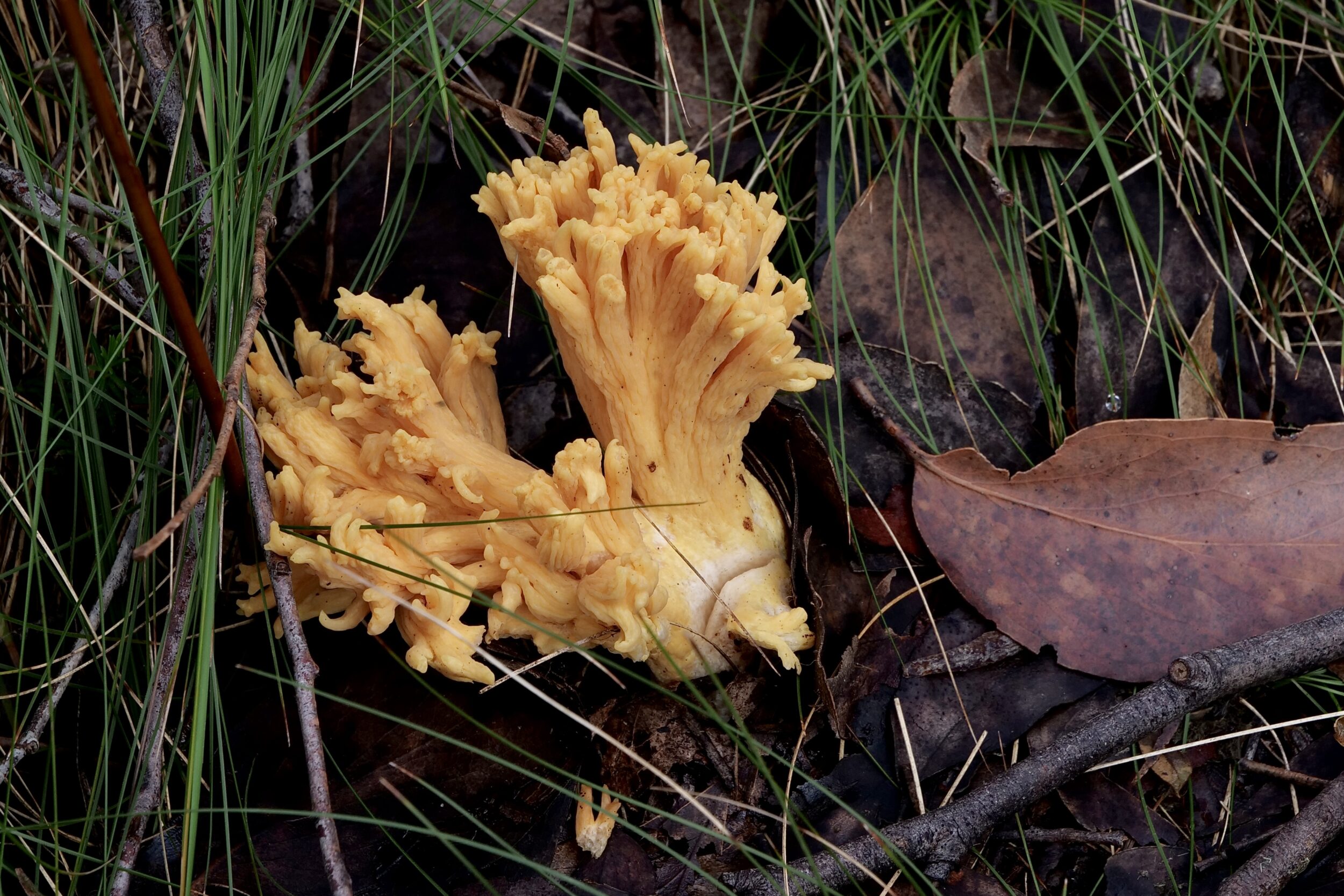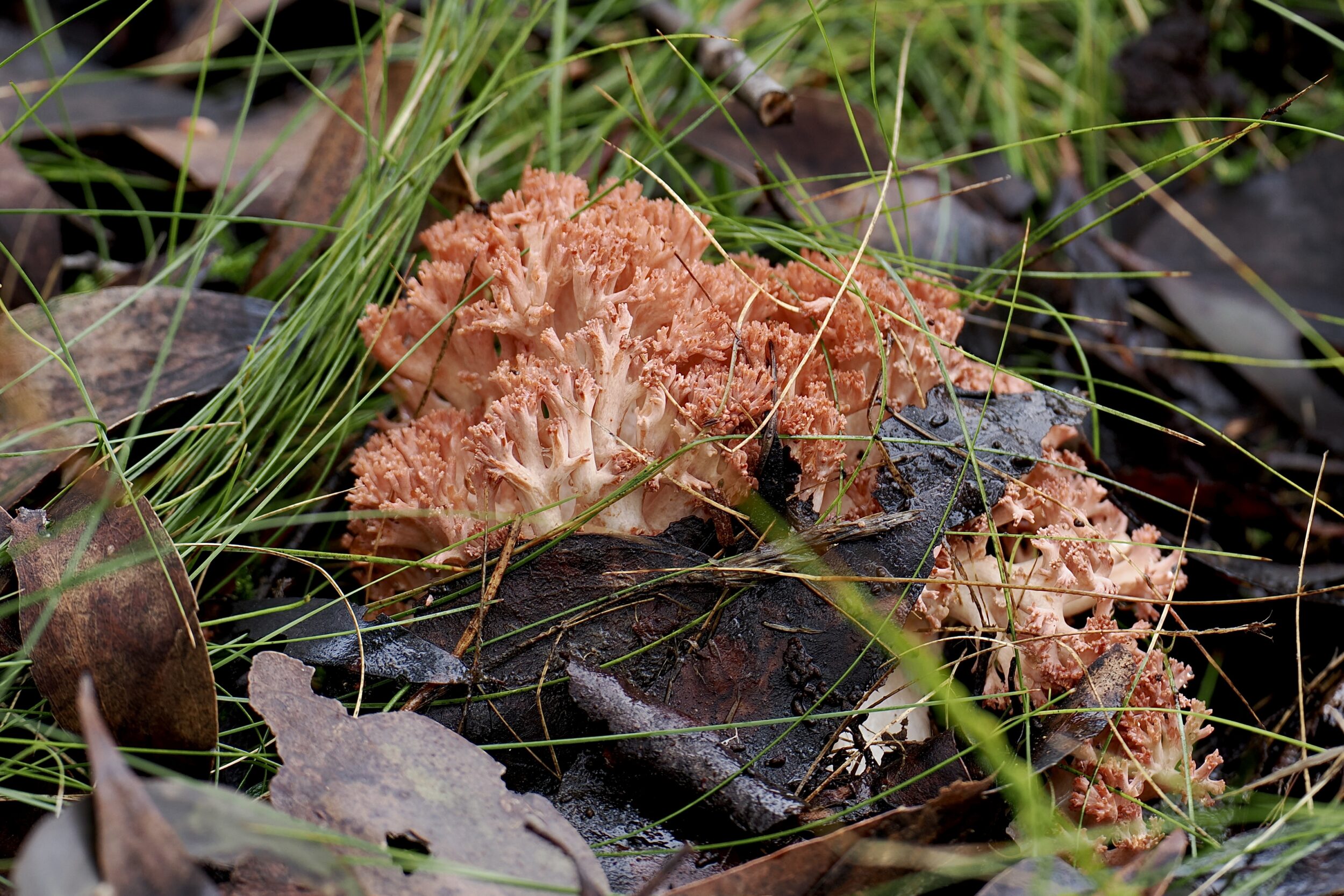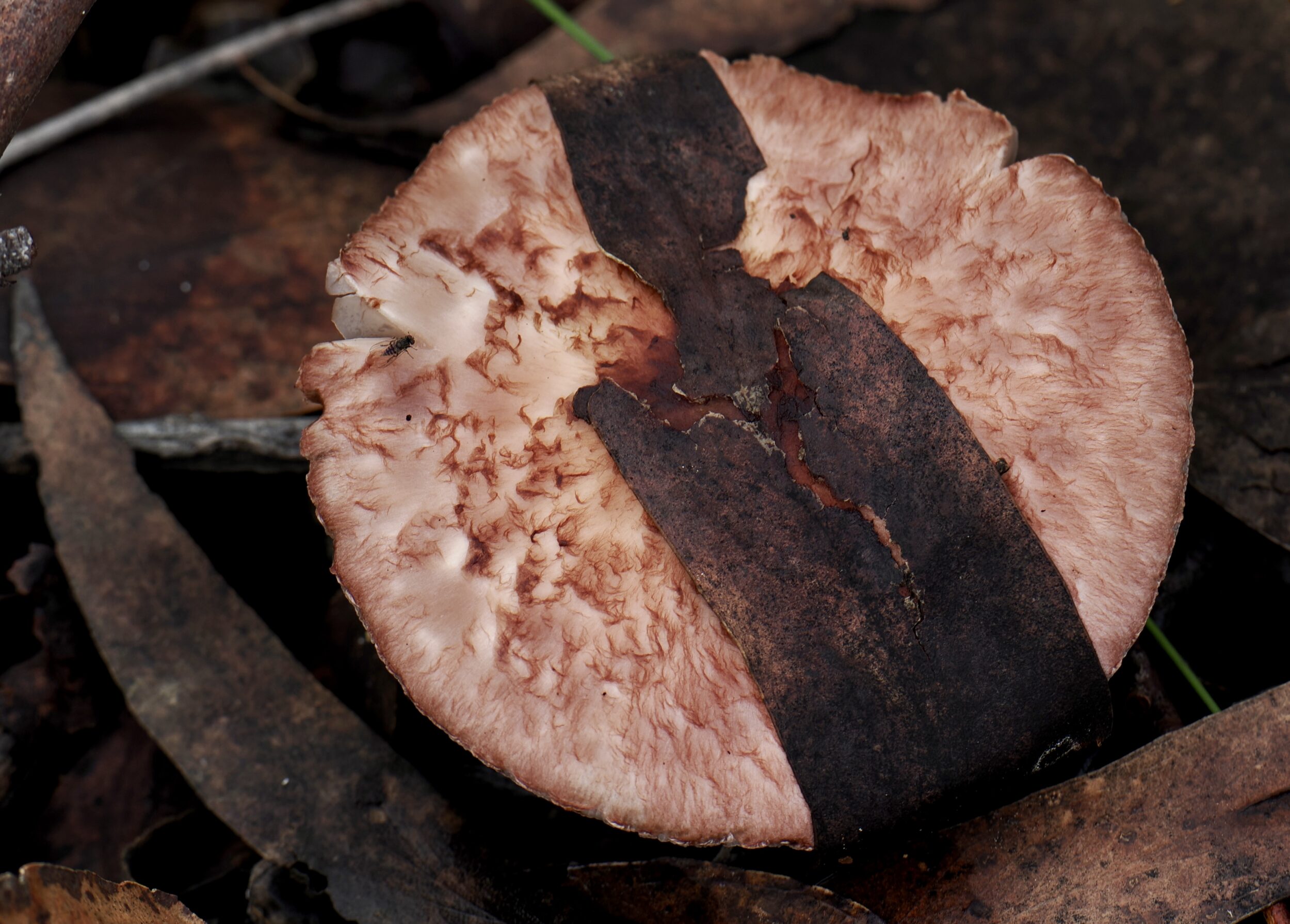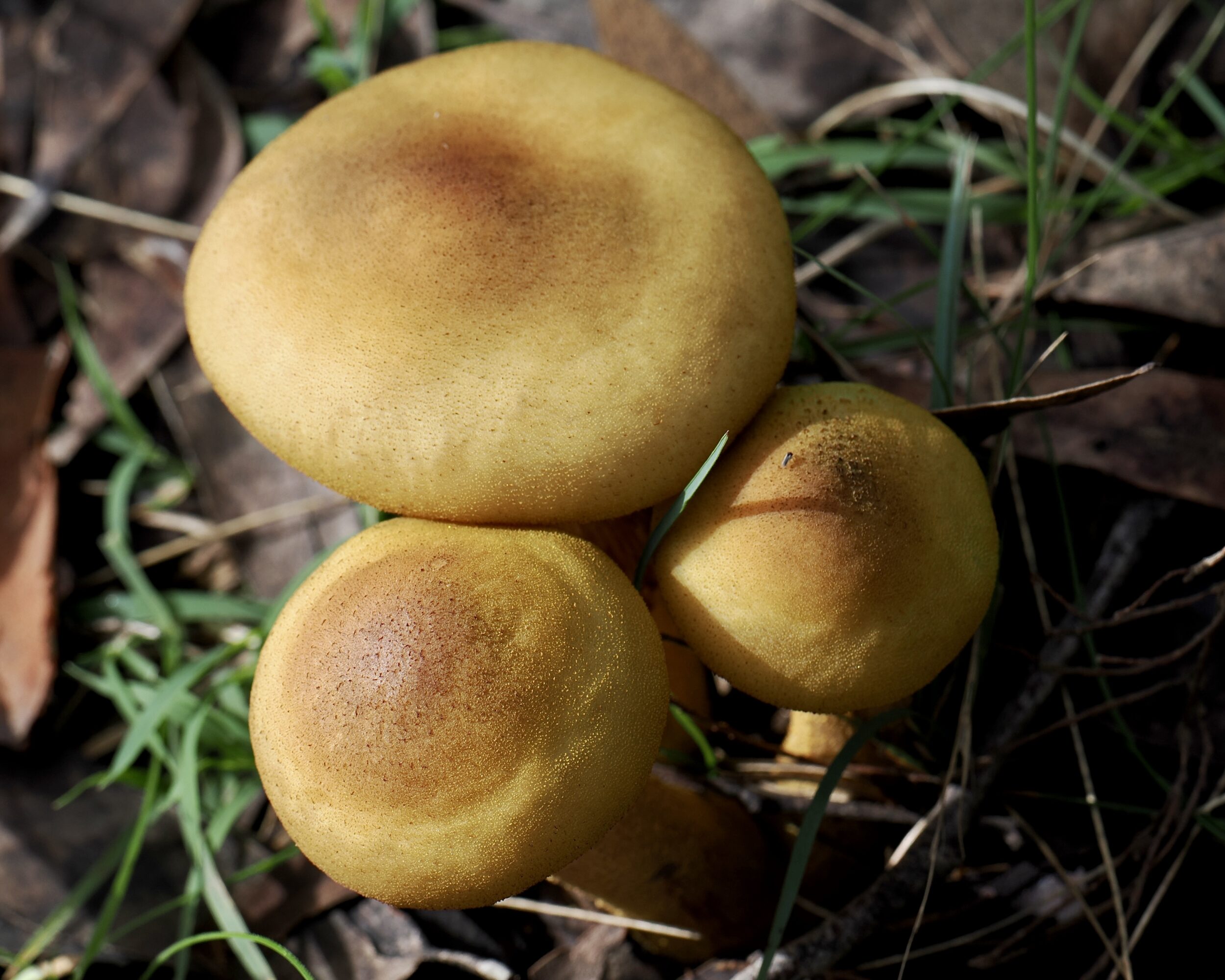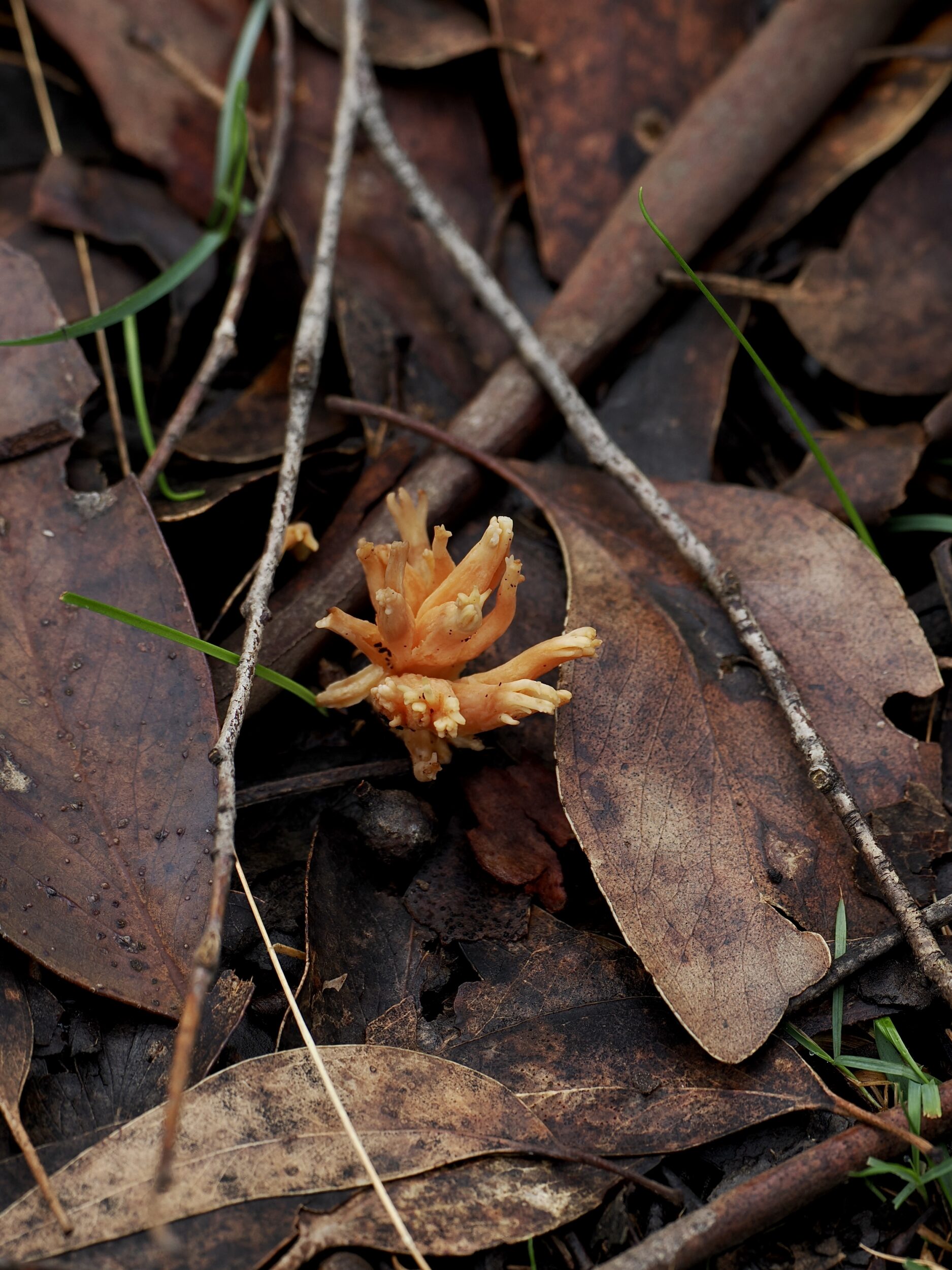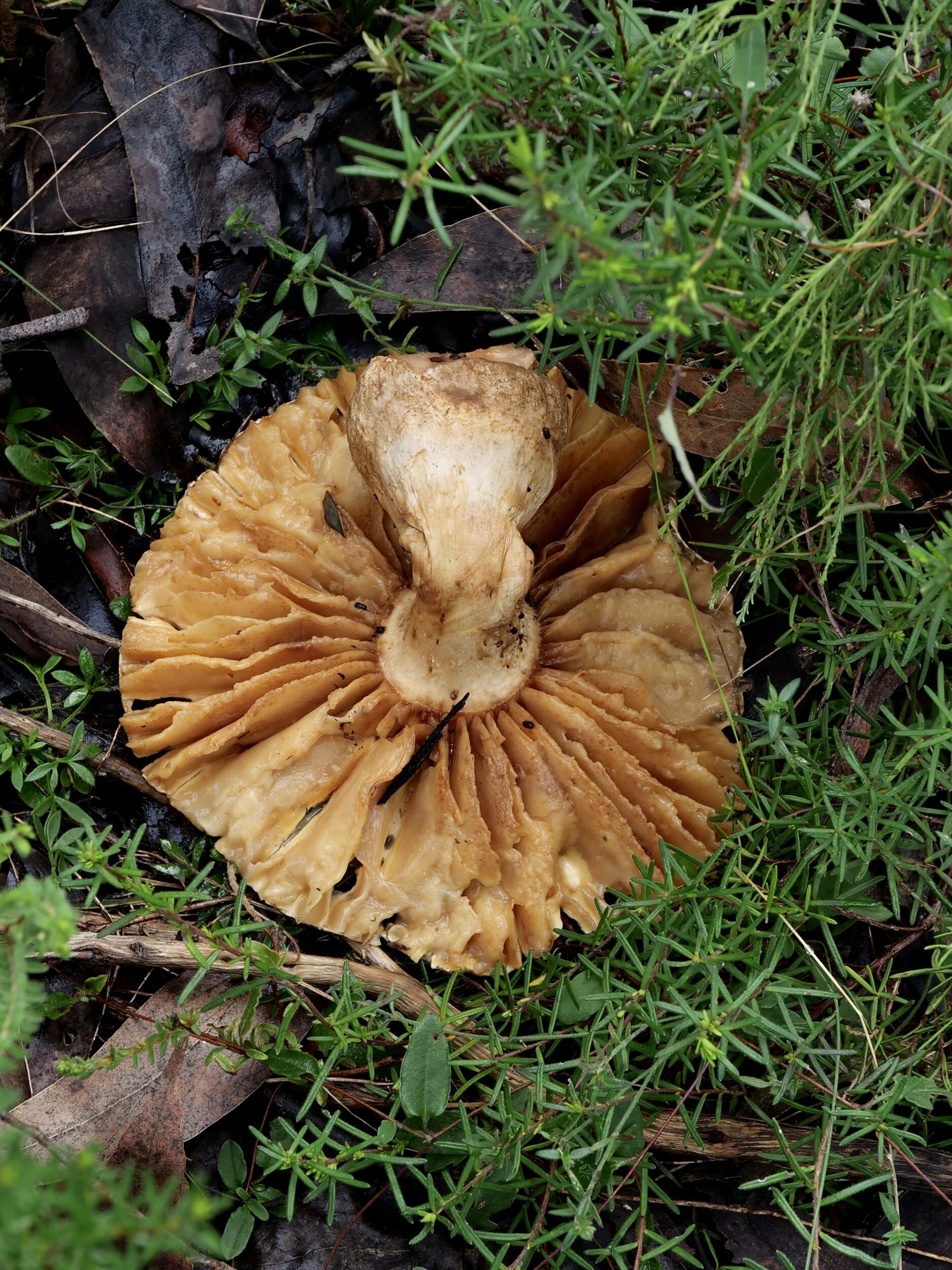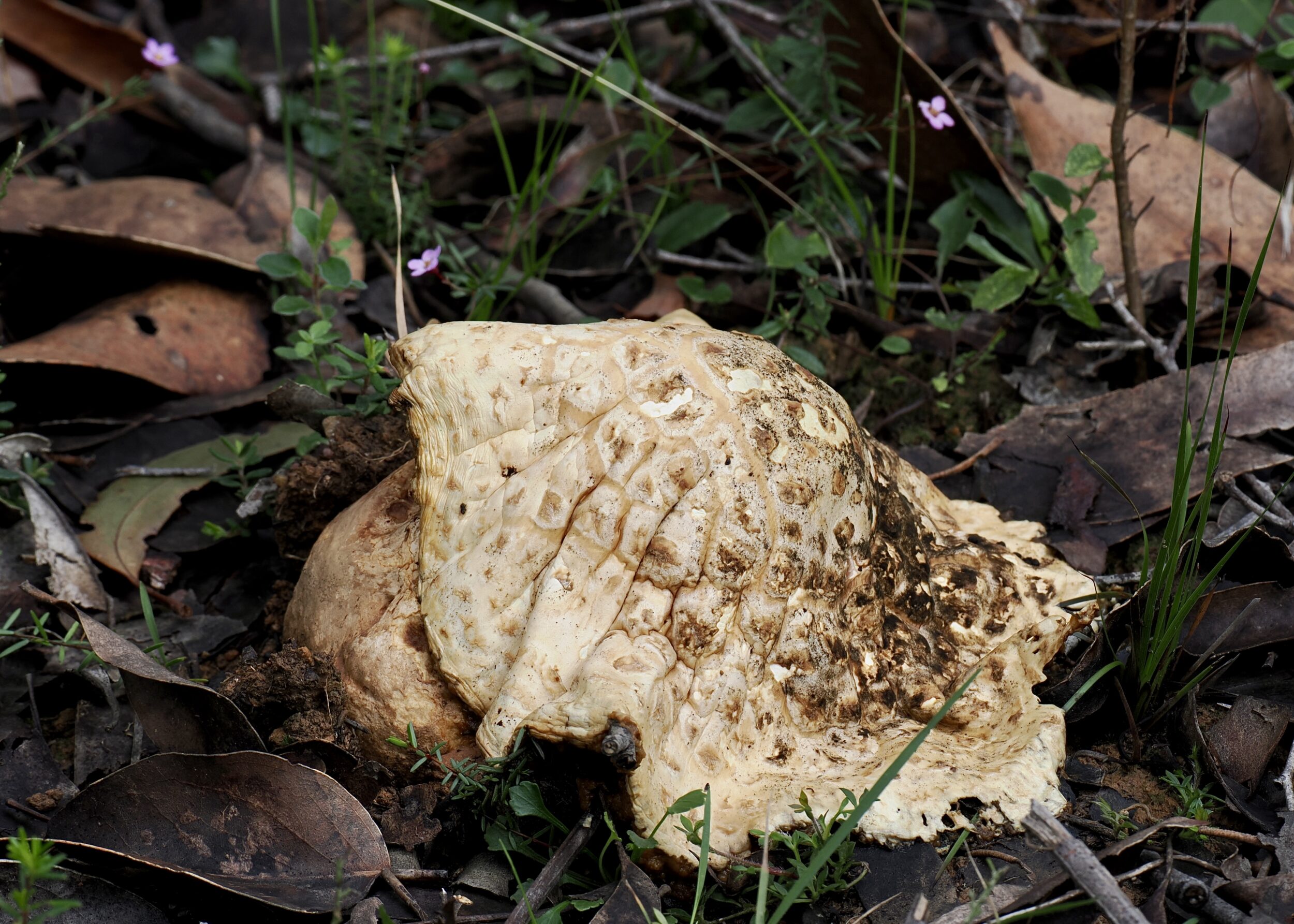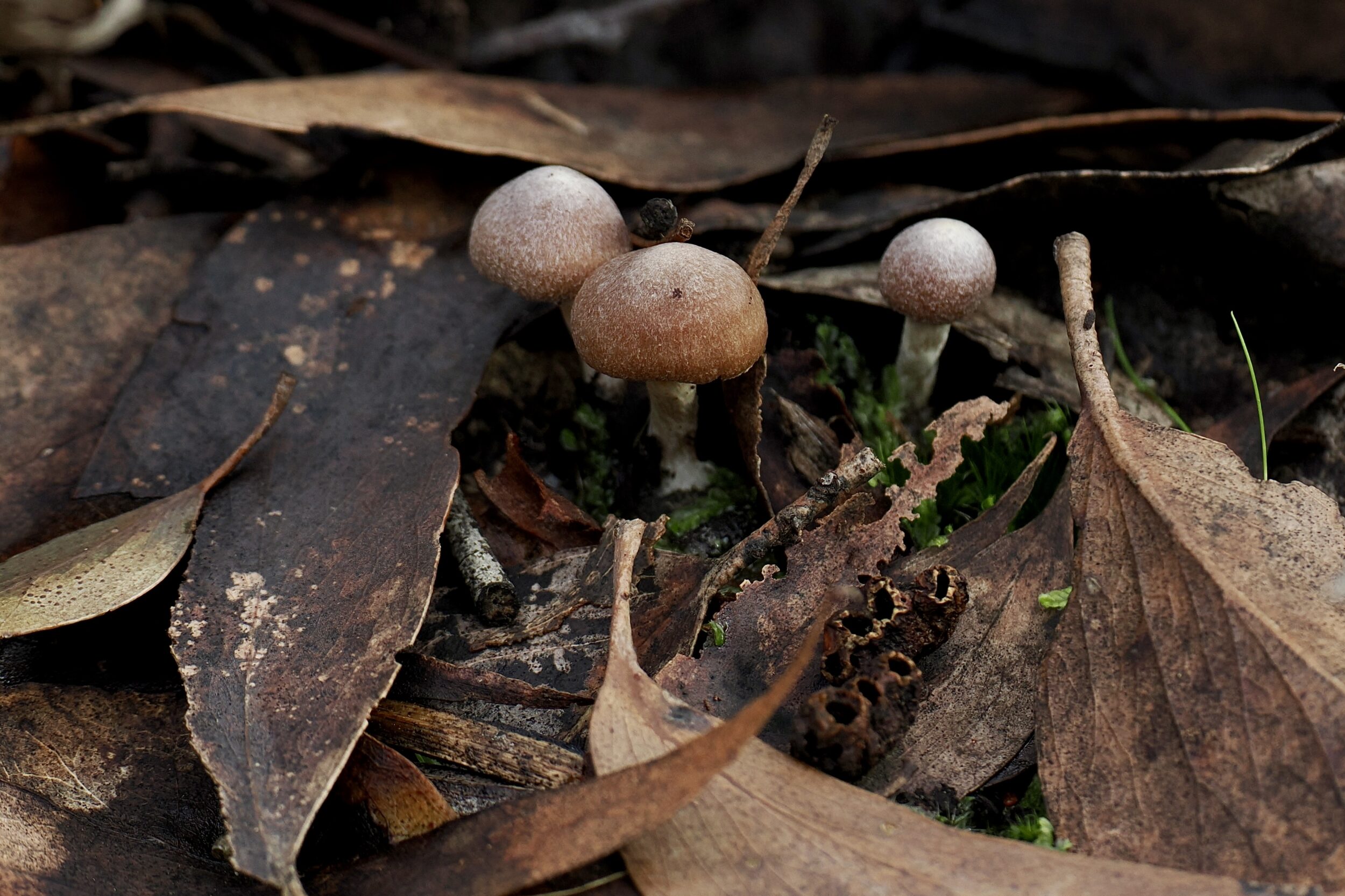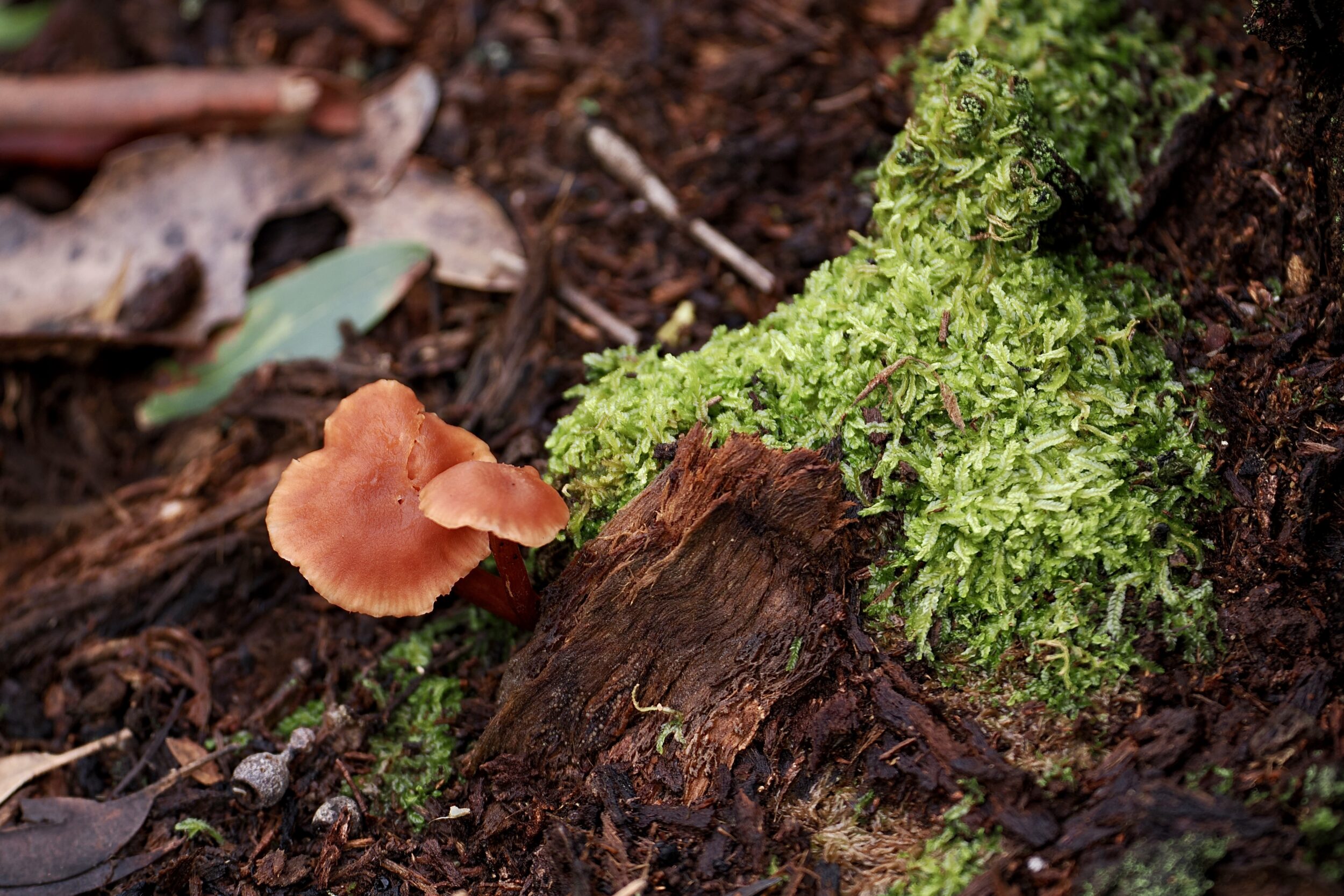I have no idea whether a human could safely eat the pictured mushroom.
Clearly, however, at least one other fauna species relishes this fungus.
In any event, from a purely human-centric perspective, “edibility” is merely one of an enormous number of relevant descriptors of fungi species’ actual or potential uses.
Comments closed